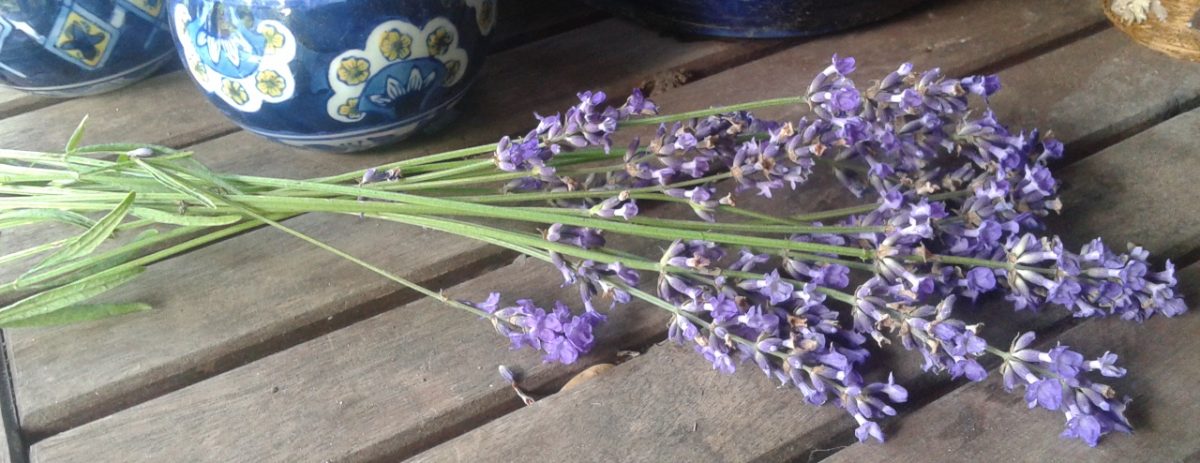
We seem to be surrounded by them – fences. But what are they really? I’m not turning to the computer glare – too much of that these daze – but rather to the thick, brown, leather-bound tome on a nearby shelf: Webster’s New World Dictionary, 1970. A beloved holiday gift from my mum to my dad many years ago because he loved words – a legacy that both his children and grandchildren, enjoy.
Fence: Noun: A protection; defense. A barrier as of wooden or metal posts, rails, wire mesh, etc. used as a boundary or means of protection or confinement.

Protection or confinement. A contemporary allegory for the “fences” we’ve had to put in place over the past year…shelter-in-place, distancing, masking? Nope. I’m actually intrigued on this snowy, blue-skied, crystalline day, about the physical fences around me. Why? Well, probably as they’re a visible hardscape that at other times of the year disappear against overflowing green fields, winding roads, gardens, or get lost in dreamy conversations – over a fence.
Our main fence is green and surrounds most sides of the property. Against the main road and down two flanks, it’s all Eastern White Cedar (Thuja occidentalis). Densely planted by the original owner – thanks muchly – it now rises over three meters high. We hire a team to trim it every two years – this as ladders seem increasingly threatening as time goes by. Through the plants, when sitting on the deck or working in the garden, we can see bipeds, assorted quadrupeds, bikes, cars and wagons go by – even a horse or two if we’re lucky. This cavalcade of road travellers all pass unaware of an audience behind the green – unless they hear the music from the deck or the chat remarking on the day at hand or the surrounding community. It’s enough to keep us out there all spring, summer and fall. In winter, like now, warmed inside and facing out through large windows, it’s a veritable nature documentary where birds and squirrels claim the living fence as a place of refuge against the cold and night. Might be a rabbit or two there as well. Or a barn cat. Or fox. This fence hugs us and defines an understanding of home – where two sides are open to all.

Given that it’s February, the hedge bends heavy under snow, frosted like a great green cake. Protecting that fence is a seasonal marker for us. Early in December, Pete ambles down to the tippy shed at the far corner of the property, foraging for a clang of iron perforated bars, a heavy-duty hammer and that most useful of fencing tools – not a rapier – a post driver. Tumbled into a wagon that a neighbour made for us, all is pulled to the end of the driveway where the fence flurry begins. Measuring out two metres between each post, they run down the road that gets the most snow ploughing of the season. A temporary fence is then tied once, twice, thrice, to each support that protects the cedar from any wayward whoosh of snow that comes it way. One year, the only product available was metres and metres of bright orange webbing: “is that art?” asked a confused neighbour. “Yes. Yes, it is.” We now search high and low for a colour that cannot be abstracted into anything other than function.
A fence can have an obvious transient nature – much like ourselves. A line of branches simply entwined and piled against a growing bed. Or elevated to recognizable regional history with split cedar rails strategically framing a productive field or a welcoming home. I love the culture of wood in this valley, it speaks of generations of honest labour.

Fences can remind us of the historical choices made given the materials at hand.

To simply admire a few rocks, or hundreds piled up, alongside a path, or through a field, negates the work in finding the rocks, moving the rocks and then positioning them just so. It reminds me of the reaction of a local farmer who watched for days as I packed up the trunk of the car with the blessings from the field. Blessings? Those rocks were from inevitable winter heave and right in the way of a plough – a field reality that caused no end of work every year. Those rocky landscapes may even have worked their way into remarkable and sturdy house walls. But for the gardener with hardscaping on her mind? Nature’s bounty.
Iron fencing echoes permanence and industry – and the lack of it can speak volumes. One of the first years here, and ready to absorb our new context, a walking tour of the town had us staring at a charming iron fence. However, no fence is really simple – there be stories here. If you see an old one, pre-WWI that is, you know it was missed, or protected, during those years when many were harvested to feed the great furnaces that answered to military needs.
To protect and contain. Perhaps to dream.
Here we will shovel the snow for the foreseeable future, watch for changing seasons and welcome in vaccines – all the while looking forward to leaning on, near, or over, a fence in better times. Flummoxed indeed.

